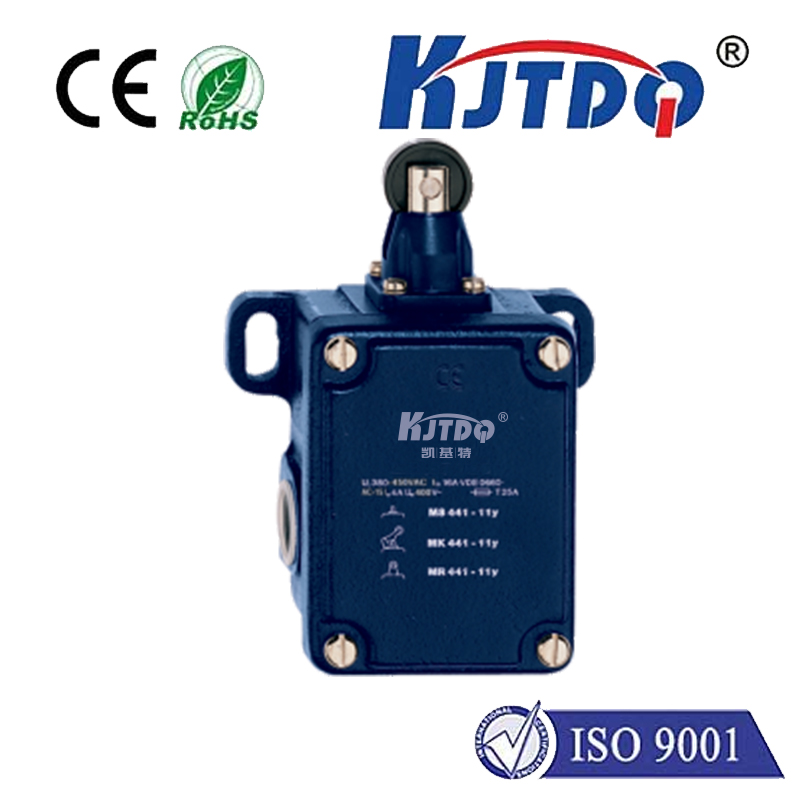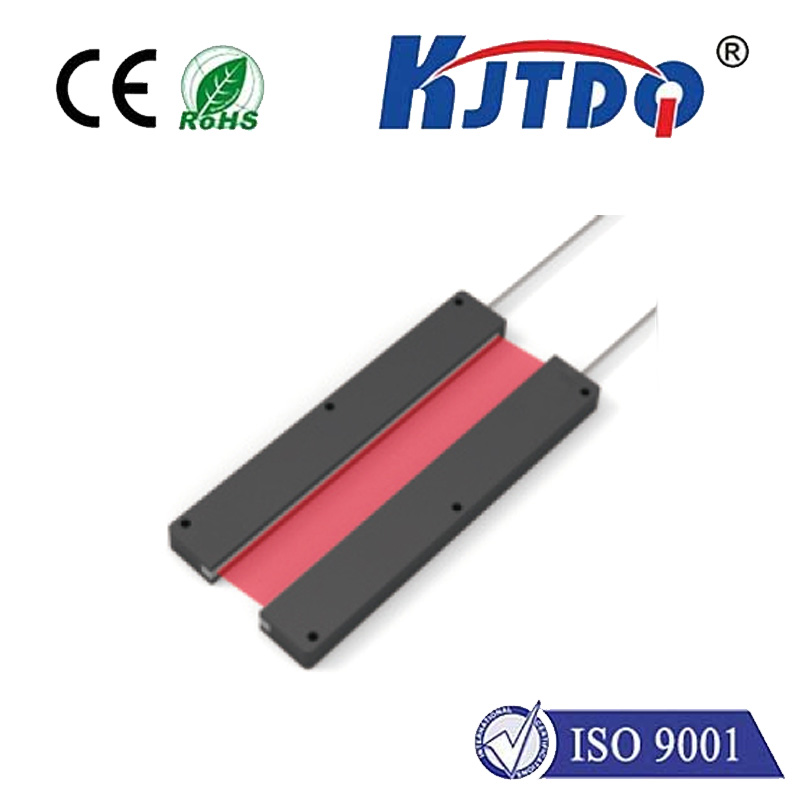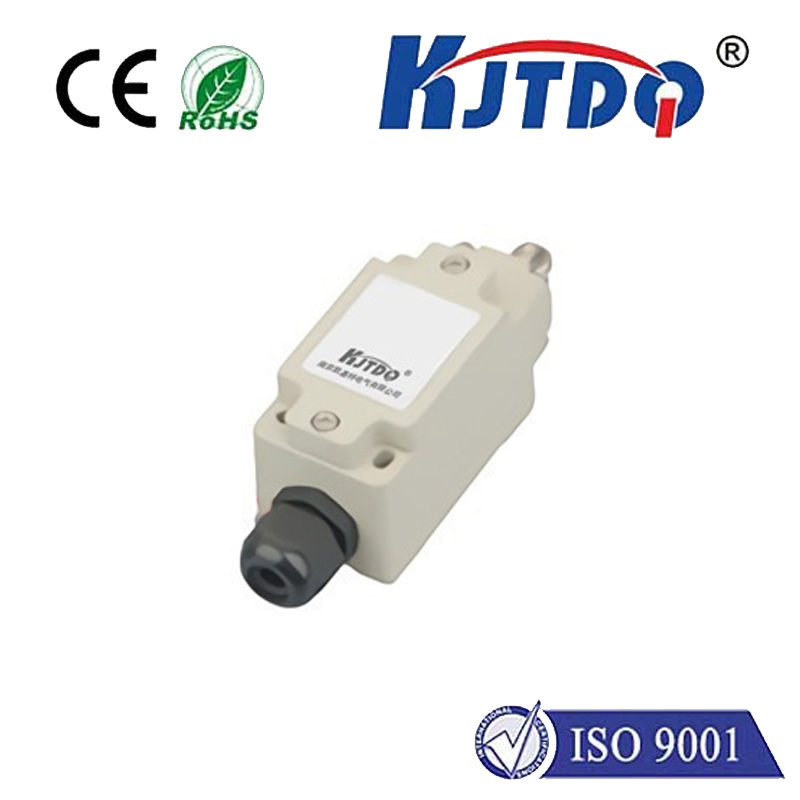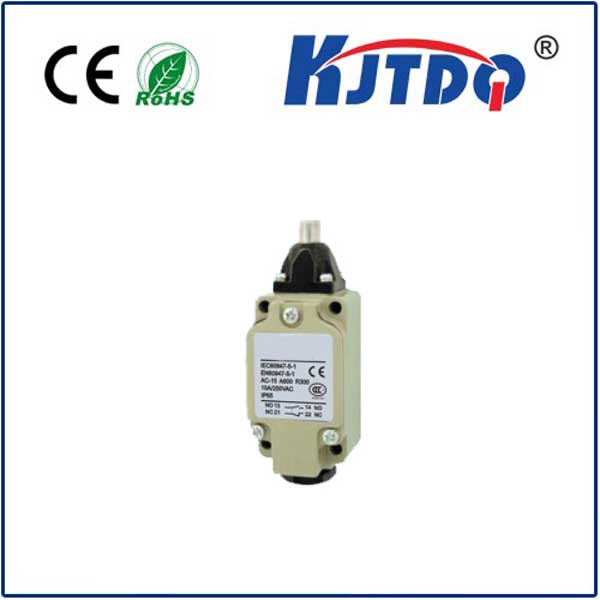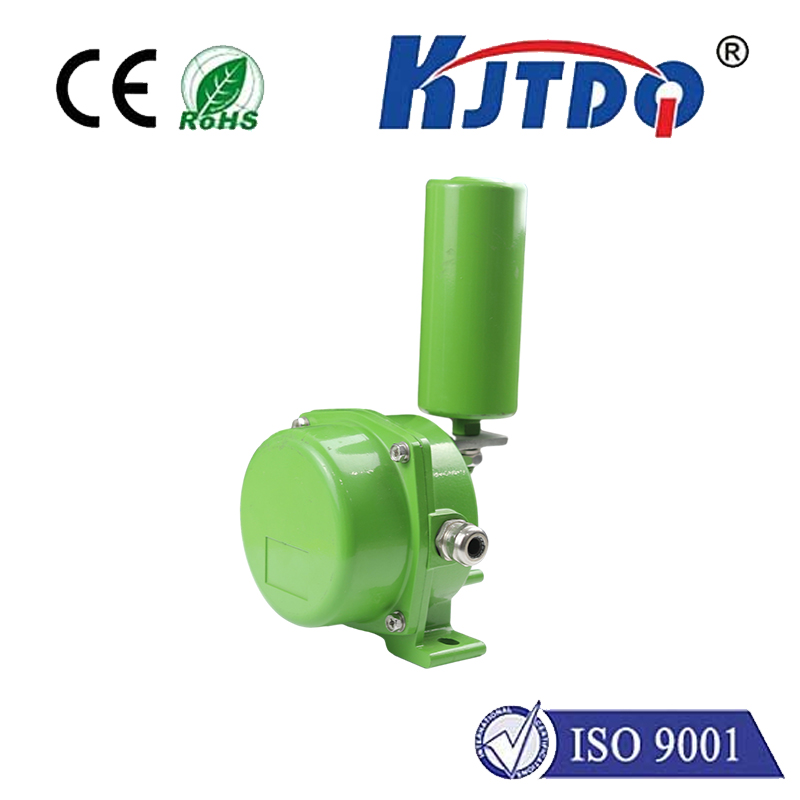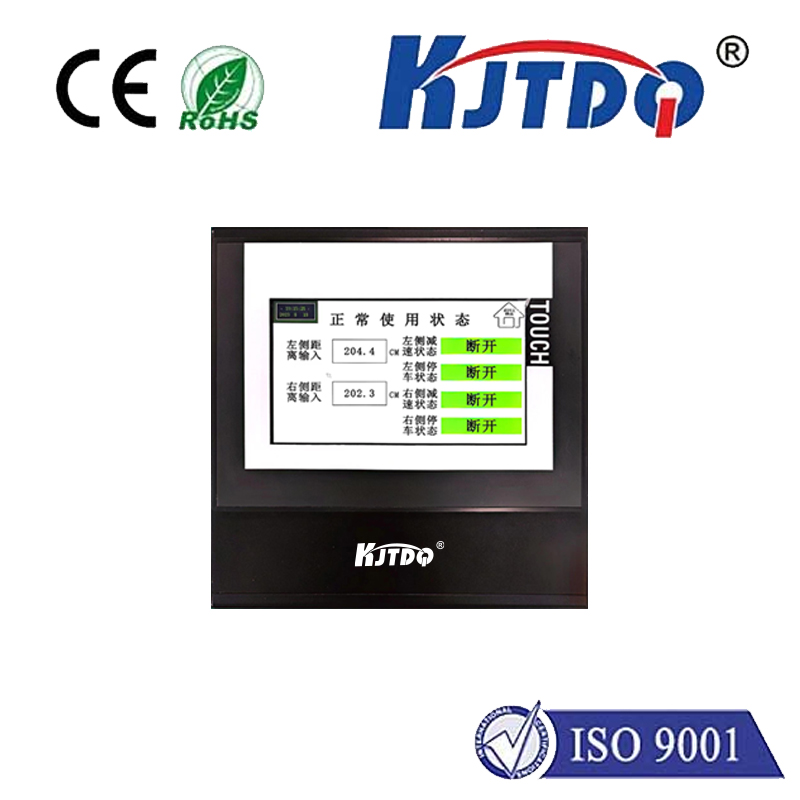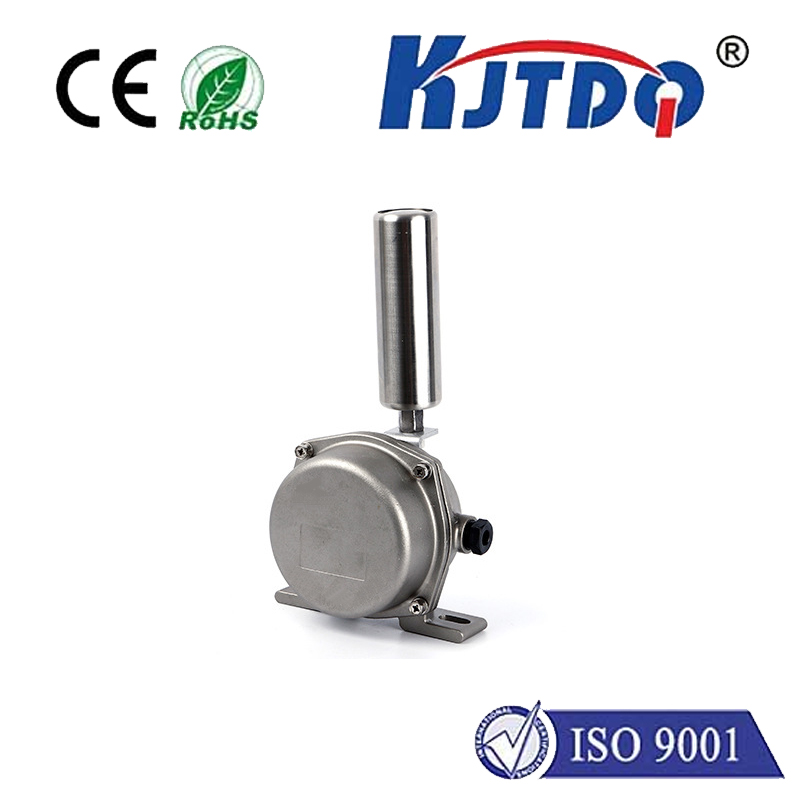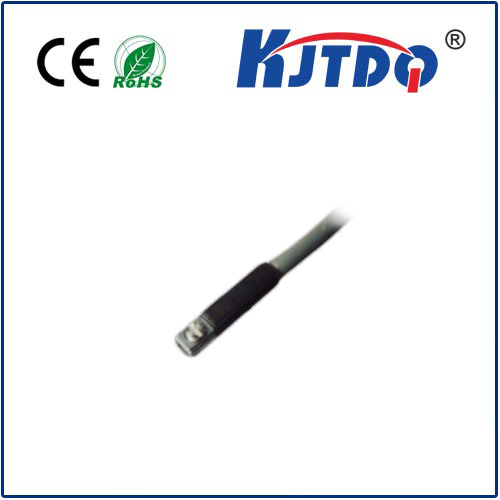optical sensor image
- time:2025-08-15 05:59:35
- Click:0
Optical Sensor Images: Capturing the World in Digital Detail
Imagine transforming light, the very essence of vision, into streams of precise digital data. This is the fundamental magic of optical sensor images. More than just digital pictures, these images represent intricate datasets captured by specialized devices converting photons into electrical signals, enabling machines to “see,” analyze, and act upon the visual world. Understanding the creation, characteristics, and immense utility of optical sensor images is key to unlocking advancements across countless modern technologies.
At its core, an optical sensor image originates from a photodetector. Arrays of millions of microscopic light-sensitive elements, typically made from silicon (like CCD - Charge-Coupled Device or CMOS - Complementary Metal-Oxide-Semiconductor sensors), form the heart of the device. When photons strike these pixels, they generate electrical charges proportional to the light intensity. Sophisticated circuitry reads these charges, converting them into digital values representing brightness levels (often for red, green, and blue wavelengths in color images). This raw data constitutes the foundational optical sensor image.

The quality and characteristics of the resulting image hinge on several critical sensor parameters:
- Resolution: Measured in megapixels, this defines the number of pixels (picture elements) capturing detail. Higher resolution sensors capture finer details, crucial for applications like aerial mapping or quality control inspecting micro-components.
- Sensitivity (ISO Equivalent): This determines how well the sensor performs in low-light conditions. High sensitivity allows for usable images in dim environments but often introduces more electronic “noise” (graininess).
- Dynamic Range: This measures the sensor’s ability to capture detail in both very bright and very dark areas of a scene simultaneously. A wide dynamic range is vital for scenes with extreme contrast, preventing blown-out highlights or crushed shadows.
- Frame Rate: How many individual images the sensor can capture per second. High frame rates are essential for capturing fast-moving objects, enabling slow-motion analysis or real-time tracking in robotics and autonomous vehicles.
- Pixel Size & Technology: Larger pixels generally gather more light, improving low-light performance and dynamic range. CMOS sensors dominate due to lower power consumption, higher integration capabilities, and faster readout speeds, while CCD sensors historically offered superior image quality and lower noise in specific applications, though their use is decreasing.
The applications of optical sensor images extend far beyond traditional photography, forming the bedrock of modern automation and analysis:
- Industrial Automation & Quality Control: Machine vision systems rely on optical sensor images for tireless, high-precision inspection. They detect defects on production lines (scratches, misalignments, missing components), measure dimensions with micron accuracy, guide robotic arms for precise assembly, and ensure packaging integrity. These systems operate at incredible speeds, far surpassing human capabilities.
- Medical Imaging: Specialized optical sensors underpin numerous diagnostic and therapeutic tools. Endoscopes provide internal views, microscopes capture cellular details, fundus cameras image the retina, and optical coherence tomography (OCT) uses light waves for non-invasive cross-sectional imaging of tissues. The detail captured is often life-saving.
- Surveillance & Security: CCTV cameras utilize optical sensors to monitor environments day and night (often aided by infrared illumination). Real-time image capture enables motion detection, facial recognition (controversial but widespread), license plate reading, and overall situational awareness.
- Robotics & Autonomous Systems: Self-driving cars, drones, and warehouse robots depend critically on cameras and LiDAR (which often incorporates optical sensors) to perceive their surroundings. Optical sensor images feed algorithms that identify obstacles, interpret traffic signs, navigate paths, and map environments. Robust and fast image processing is non-negotiable for safety.
- Scientific Research & Remote Sensing: From telescopes peering into deep space to satellites monitoring Earth’s surface (vegetation health, pollution levels, urban development), optical sensors capture vital data. Hyperspectral and multispectral sensors go beyond visible light, capturing specific wavelengths to identify material compositions invisible to the naked eye.
Choosing the right optical sensor is paramount and depends entirely on the application’s demands:
- Speed Needs: Does the application require high-speed capture (e.g., ballistic analysis or factory automation) or is a static image sufficient?
- Lighting Conditions: Will the sensor operate in controlled studio lighting, bright sunlight, or near darkness? This dictates sensitivity and potential need for active illumination.
- Detail Requirements: How critical is fine detail? High-resolution sensors are essential for inspecting microchips but might be overkill for basic presence detection.
- Spectral Range: Is color information necessary? Does the application require infrared (night vision) or ultraviolet capabilities?
- Environment: Does the sensor need ruggedization against dust, moisture, vibration, or extreme temperatures?
Looking ahead, the future of optical sensor images is incredibly bright. Advancements include quantum image sensors promising unprecedented sensitivity, event-based vision sensors mimicking the human eye to only capture changing pixels (drastically reducing data and power needs), neuromorphic sensors processing visual information in fundamentally new ways, and ever-smaller, more powerful sensors integrated into ubiquitous devices. Computational imaging techniques, where sophisticated algorithms enhance or reconstruct images beyond the raw sensor data’s limitations, are also pushing boundaries.
In essence, optical sensor images are the universal language of machine vision. They translate the complexity of light and shadow in our physical world into actionable digital information. From ensuring the quality of the smartphone in your hand to guiding exploratory rovers on Mars, these images are the silent, powerful enablers of technological progress, continuously evolving to capture our world with ever-greater fidelity and intelligence.












